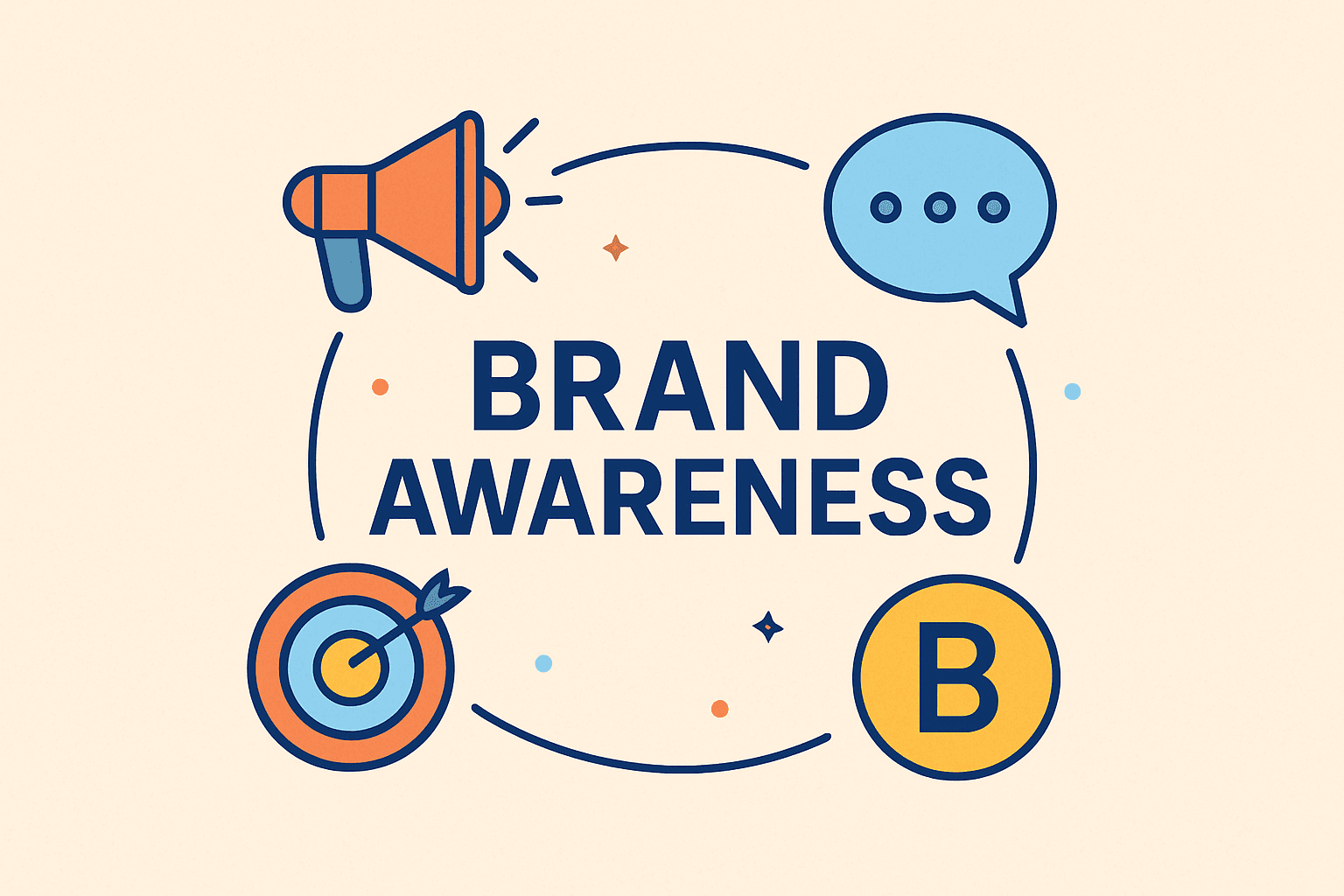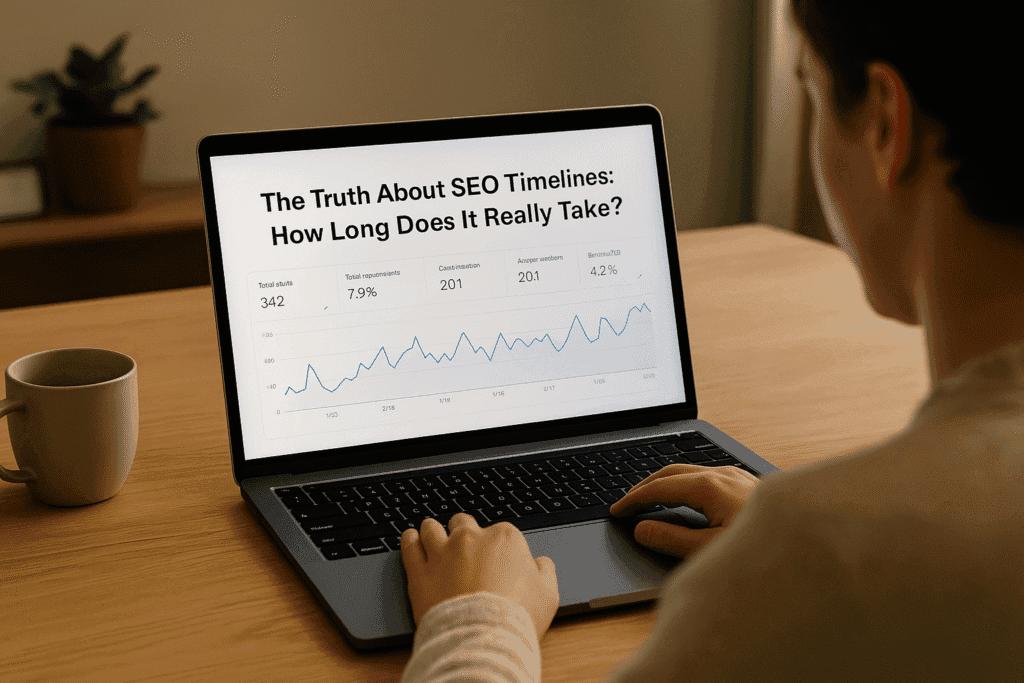In the fast-moving world of digital marketing, search engine optimisation (SEO) and web design are often treated as separate disciplines. Many businesses focus on keywords, backlinks, and content strategy while overlooking how design decisions directly influence search visibility. The truth is, your website’s design forms the foundation of its SEO success — and neglecting it can quietly undermine even the strongest SEO campaigns.
1. Site Structure and Navigation
Search engines rely on your website’s structure to understand how pages relate to each other. A well-organised navigation system not only helps users find what they need but also ensures search crawlers can efficiently index your content. Poorly structured menus, broken links, or hidden pages make it difficult for both visitors and Google to understand your site, which can reduce rankings and user engagement.
2. Mobile Responsiveness
Google’s mobile-first indexing means your mobile version is now the primary version considered for ranking. If your website isn’t fully responsive, loads slowly on mobile devices, or has elements that break on smaller screens, your SEO performance will suffer. A seamless, mobile-friendly design improves user experience, reduces bounce rates, and signals to search engines that your site deserves visibility.
3. Page Speed and Core Web Vitals
Design choices — from high-resolution images to unnecessary animations — have a direct impact on load time. Google’s Core Web Vitals measure how quickly your website loads, becomes interactive, and remains visually stable. Optimising design elements like image compression, font loading, and layout consistency ensures a faster, smoother experience that both users and search engines value.
4. User Experience (UX) and Engagement Signals
A visually appealing site that’s easy to use encourages visitors to stay longer and explore more pages — key engagement metrics that indirectly affect SEO. Factors such as clear call-to-actions, intuitive layouts, and accessible colour contrasts can reduce bounce rates and increase conversions. When visitors find your site enjoyable and trustworthy, Google notices.
5. On-Page Elements and Readability
Typography, spacing, and layout all affect how users consume content. Walls of text, poor contrast, or cluttered pages can deter visitors even if your keywords are perfectly optimised. Thoughtful design supports readability, helps guide users through content, and ensures that your on-page SEO efforts are seen and appreciated.
Final Thoughts
Great SEO isn’t just about keywords — it’s about creating a website that works for both users and search engines. When web design and SEO strategies align, your business gains a competitive advantage that goes beyond rankings: you build trust, credibility, and long-term growth. Investing in SEO-friendly design today ensures your digital presence is ready for tomorrow’s challenges.


